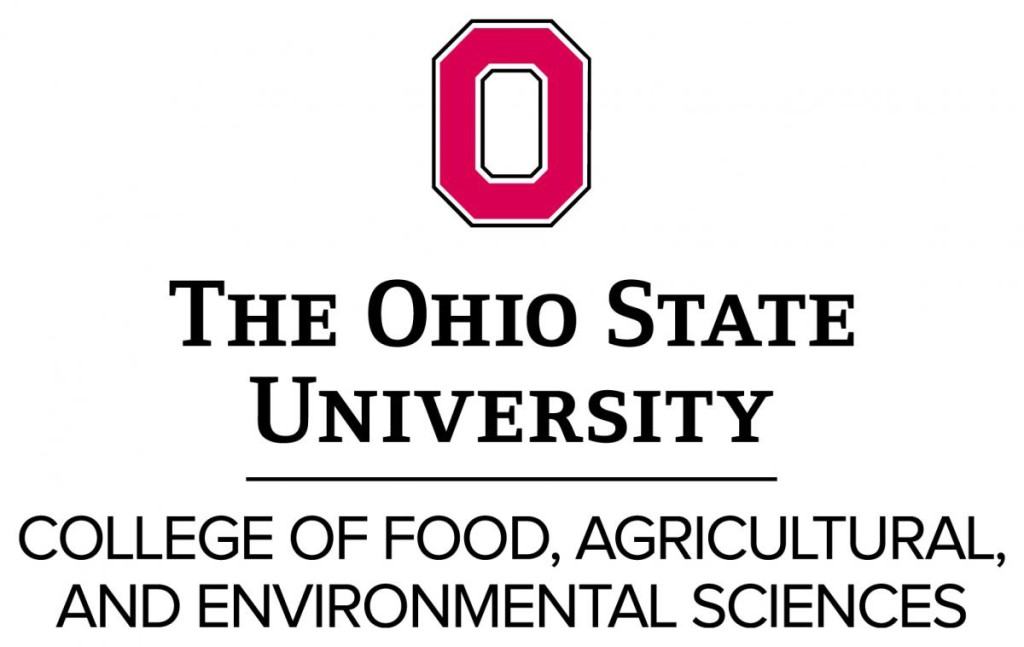By: Peggy Kirk Hall, Wednesday, November 29th, 2017
Written by Ellen Essman, Law Fellow, Agricultural & Resource Law Program
Veal and dairy producers in Ohio will be subject to new livestock care standards in 2018. Producers were first made aware of these changes when the Ohio Livestock Care Standards for veal, dairy and other species were originally adopted in September of 2011 after the passage of State Issue 2, a constitutional amendment that required Ohio to establish standards for the care of livestock. Since the new care standards make significant changes to the management of veal and dairy, producers were given a little more than six years to transition their facilities and practices accordingly. The new standards will be effective on January 1, 2018. Producers with veal calves and dairy cattle are encouraged to understand the regulations and make the required changes to their operations by January 1.
Changes to veal regulations
The regulations for veal address housing for veal calves weighing 750 pounds or less. Currently, veal calves may be tethered or non-tethered in stalls of a minimum of 2 feet x 5.5 feet. Next year, the following housing standards will apply:
- Tethering will be permitted only to prevent naval and cross sucking and as restraint for examinations, treatments and transit, if:
- The tether is long enough to allow the veal calf to stand, groom, eat, lie down comfortably and rest in a natural posture;
- The tether’s length and collar size is checked every other week and adjusted as necessary.
- Individual pens must allow for quality air circulation, provide opportunity for socialization, allow calves to stand without impediment, provide for normal resting postures, grooming, eating and lying down, and must be large enough to allow calves to turn around.
- By the time they are ten weeks old, veal calves must be housed in group pens. The regulations currently require that group pens meet the above standards required for individual pens and also must contain at least two calves with a minimum area of 14 square feet per calf, must separate calves of substantially different sizes and that calves must be monitored daily for naval and cross sucking and be moved to individual pens or provided other intervention for naval or cross sucking.
The veal regulations, including both the current rules and the rules that will become effective January 1, are available here.
Changes to dairy cattle regulations
There is only one change to the dairy care standards. As of January 1, docking the tails of dairy cattle will only be permissible if:
- Performed by a licensed veterinarian; and
- Determined to be medically necessary.
The dairy cattle standards, including the current tail docking rule and the rule that becomes effective January 1, are here.
More information is also available in this press release recently published by the Ohio Department of Agriculture and on the website for Ohio’s Livestock Care Standards, which is here.
